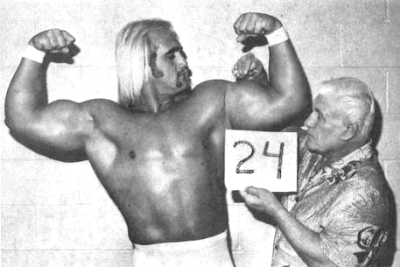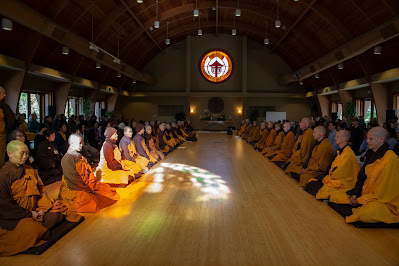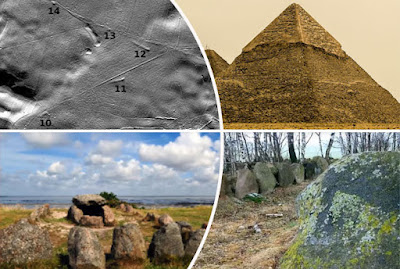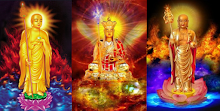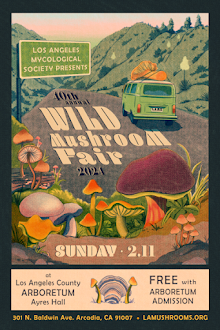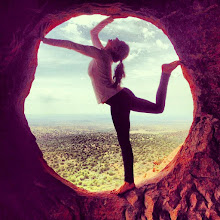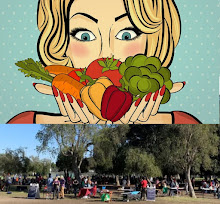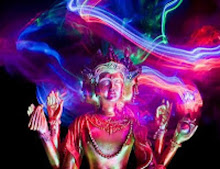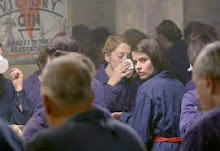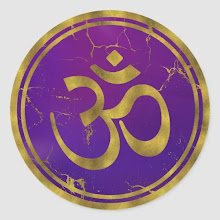
 |
| FULL PROJECT OVERVIEW |
You're invited: Prayer for the Earth – A Community Mural in Altadena
Join us in creating a powerful mural that brings our community together for healing, remembrance, and reconnection with Nature, especially in the wake of the recent Eaton and Palisades Fires.
This is a four-day community art build, and you’re welcome to join for one day or all of them:
- Thursday, July 24 (4:00–9:00 PM), wall building and assembly
- Friday, July 25 (starts at 3:00 PM), base painting begins and evening design mapping
- Saturday, July 26 (all day), taping and background painting
- Sunday, July 27 (3:00–9:00 PM), prayer writing, sealing with gold, and a community celebration (with vegan potluck).
- RSVP: partiful.com/e/MS6y8u2DAFrgzoX2v0Bz
 |
| Alex Grey would like it. |
DONATIONS:
LOCATION:
- 34.185159, -118.132053
- Behind former Oh Happy Day Vegan Café in Altadena and Rhythms of the Village (across street from Grocery Outlet)
- (Enter driveway on E Mendocino St., behind Jack in the Box)
 |
| Prayer: FULL PROJECT OVERVIEW |
This project was initiated through the invitation of John Hopkins Oh Happy Day Café and Grocery. Together, we’re building something that honors grief, invites hope, and reminds us of our deep connection to one another and the Earth.
This is for you if you care about Altadena, the planet, or the power of collective healing.
 No experience needed — just bring your presence. Whether you come to build, paint, write a prayer, or simply witness, you’re welcome.
No experience needed — just bring your presence. Whether you come to build, paint, write a prayer, or simply witness, you’re welcome.Supported by:
- LA Climate Week @climatedesignersla
- Collidescope Foundation @laclimateweek
- Climate Designers LA @collidescopefoundation
- Plant Based Treaty @plantbasedtreatyla @plantbasedtreaty
- Soul Force Project @soulforceproject
- Support + Feed @supportandfeed
- Veggie Grill @veggiegrill
- (Plus @ganahllumberco @fairoaksburger @graphenstone)
Let’s make something beautiful together.
 |
| Ekaterina Sky - Impact Artist - Muralist (@ekaterina.sky.art) • Instagram |
.
Let’s gather. Let’s honor what’s been lost. Let’s paint something that carries our prayers into the future.
With love and care,
Ekaterina Sky (FULL PROJECT OVERVIEW)
Visual Artist & Facilitator of Prayer for the Earth

















